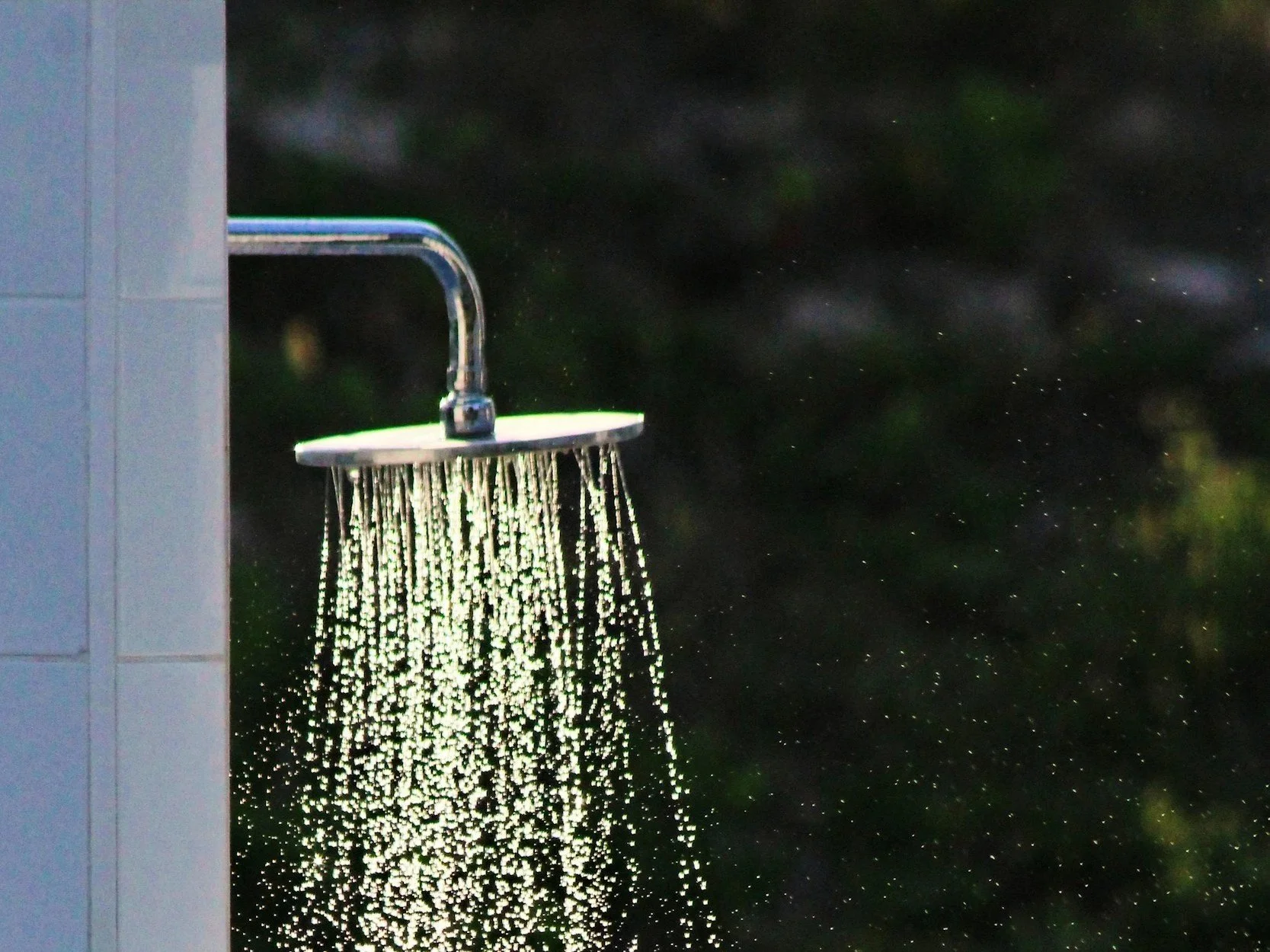How to Fix Low Shower Water Pressure
You recognise that feeling of jumping into the shower and looking forward to a nice steady spray, then being given a teensy little drizzle instead? Not quite the best way to start the day. Don't fret if your shower has low water pressure; it has happened to many people.
The good news is, it usually isn't a big deal. The most common, you can sort it out for yourself with a bit of simple checks and some tidying up. Let's go through what could be causing it and how to restore shower water pressure without needing to rip the bathroom apart.
How to Choose TV Screen Sizes? The Ideal TV Sizes for Your Space
Common Causes of Low Shower Pressure
Reasons like limescale buildup, blocked shower heads, or plumbing restrictions.
If your shower is working hard to get the water through, there are one or two likely reasons. The biggest one, especially over here in the UK, is limescale buildup. Hard water leaves mineral material inside the showerhead, which slowly clogs the holes and reduces flow.
Another common thing that occurs is a clogged showerhead — debris or old scale clogs it up in there. Or maybe there is a plumbing restriction somewhere along the way: a half-open valve, a kink in the hose, or even an old pipe that is too small for today's pressure.
So if you are standing there wondering, "Why is my shower pressure low?", it likely is one of those things.
How to Test the Water Pressure at Home
Simple steps to ascertain whether your pressure issue is the shower or throughout the system.
Before you are up to yanking things open, it's useful to establish if the pressure issue is only the shower or your whole house. This is one easy way to test:
Shut off each faucet and appliance that pulls water — washing machine, dishwasher, etc.
Turn on your shower and see how feeble it is.
Then try one of the other taps.
If both are feeble, it could be a mains pressure problem. If only the shower is feeble, the answer is probably very simple. This rapid test saves a lot of time (and perhaps a plumber's call-out fee).
Simple Fixes You Can Do Yourself
Clean the shower head, clean off lime scale, and open all valves fully.
Alright, now for what you can actually do.
Clean the showerhead thoroughly. Remove it and leave it soaking overnight in white vinegar. This dissolves limescale, and you'll normally see a vast improvement the next morning.
Clear any obstructions. Find an old toothbrush or a cocktail stick and clean out the small holes.
Check the valves. A half-open tap or isolator valve under the sink can reduce flow.
Replace old parts. A worn-out shower hose or a cracked head can severely cut down pressure — new ones are cheap and easy to fit.
A routine cleaning limescale shower head program can increase shower water pressure routinely instantly.
Improving Water Flow Long-Term
If your shower pressure keeps on falling, you may have something more serious on your hands. Constricted or corroded pipes over the years can be an issue, and sometimes the water pressure coming into the house is just too low.
Otherwise, here are a few longer-term options to think about:
Get a professional to flush out or replace any old pipework.
Fit a pressure booster or shower pump — these are two of the most popular ways to increase shower pressure in the UK, especially on older properties.
Swop your shower system for one designed for low-pressure systems.
With these improvements fitted, you'll never have to worry about low shower pressure again.
Find Trusted Plumbers on Homerun!
If all of the above have been tried and your shower remains only a drizzle, then maybe it is time to go to a professional. HomeRun makes it easy to find a plumber to fix low pressure issues in your neighborhood. You can see actual reviews, compare prices, and get someone who actually knows what they are doing.
A good plumber will be able to spot the problem immediately and help you get improved shower flow for good. The next time you get in, you can actually have a real shower — not a pathetic trickle.
Image Credit: pexels.com








